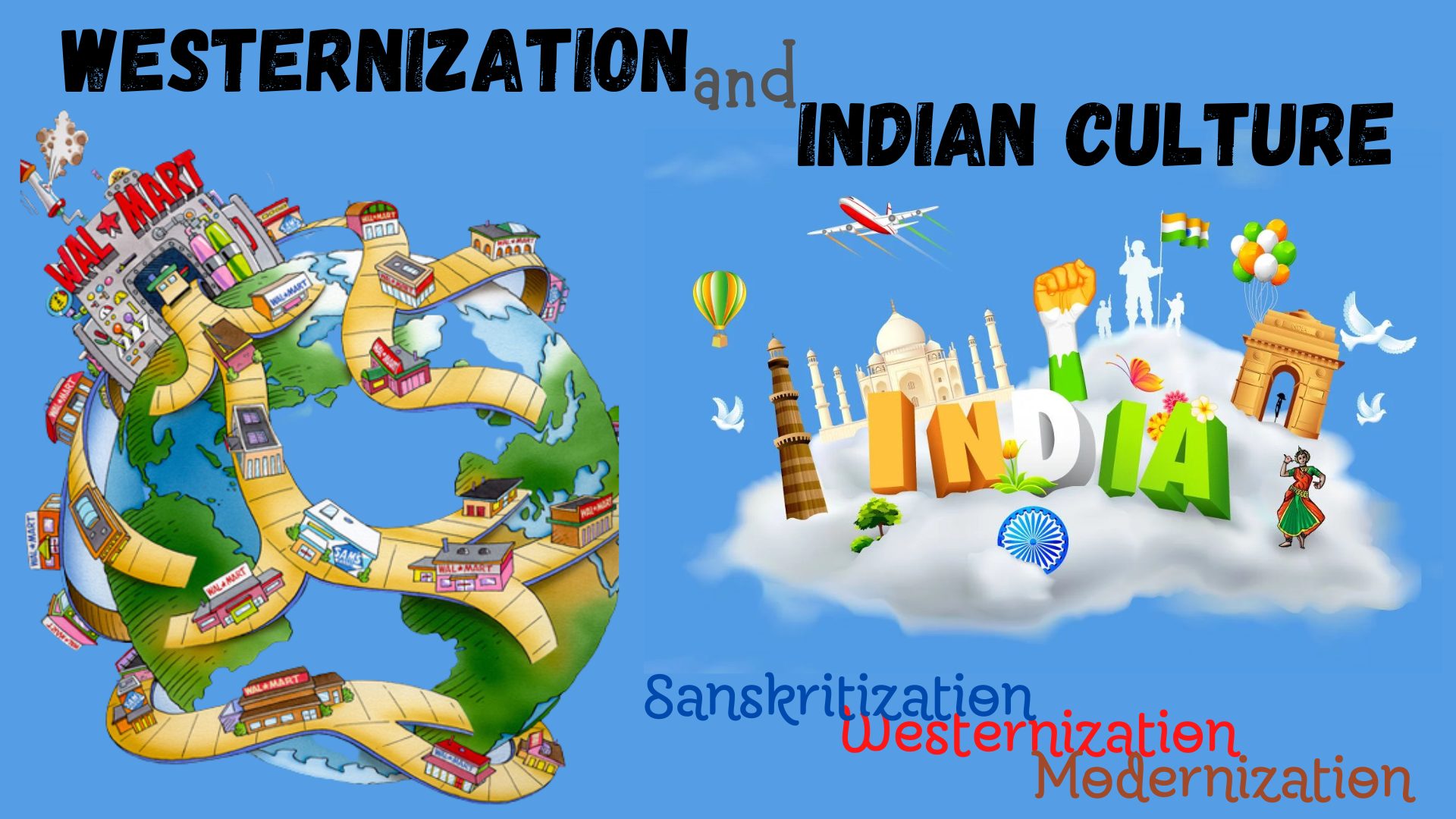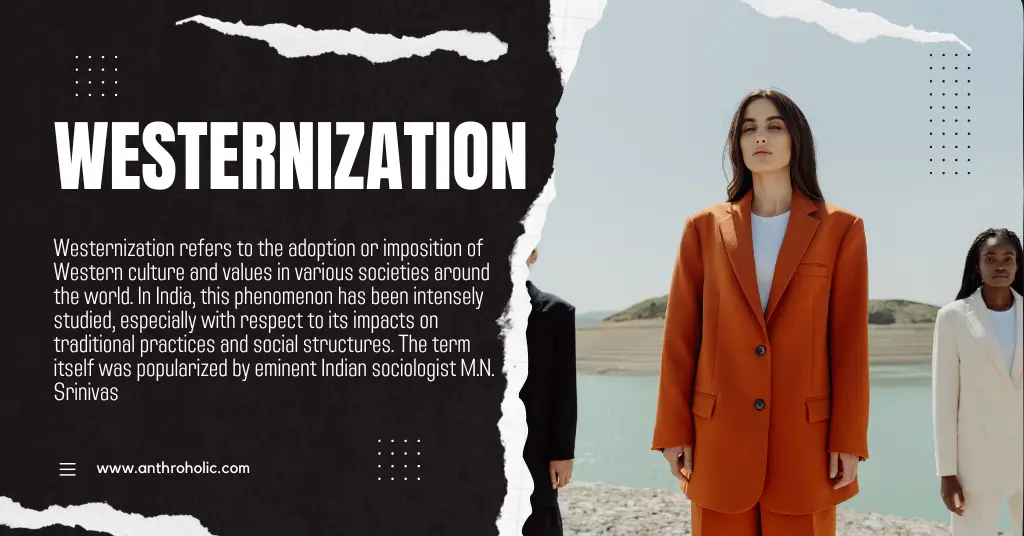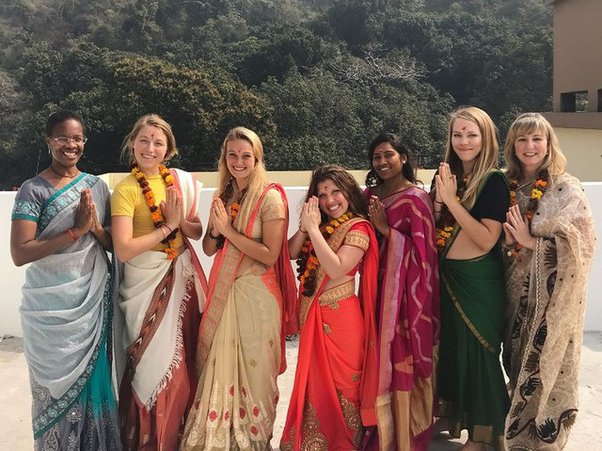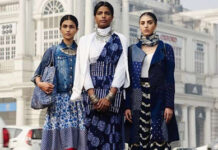Indian college campuses have long been centers of cultural diversity and experimentation, reflecting the vibrant tapestry of India. Over the years, a trend that has affected fashion trends among college students is the influence of Westernization. This trend has sparked disputes and discussions regarding the consequences of adopting Western fashion trends and its negative impact on Indian traditional and regional attire and identity as a culture.
Understanding the impact of Westernization on Indian college fashion necessitates careful consideration of the socio-cultural factors at play. Westernization includes not only the incorporation of Western clothing trends, but also that of Western ideas such as individualism, consumerism, and modernism. A variety of factors such as globalization, media exposure, and societal standards influence this phenomenon.
Westernization’s impact on Indian college fashion extends beyond clothing choices and involves attitudes toward body image, beauty standards, and gender roles. Western notions of beauty and physical attractiveness have spread throughout the mainstream media, impacting college students’ perceptions of beauty. This has led to concerns about body dissatisfaction and low self-esteem, particularly among young women who feel pressured to meet these beauty standards. To navigate the challenges of Westernization it is important to approach them critically. While embracing Western fashion trends can be empowering and freeing for many students, it is critical to consider the broader socio-cultural impacts and maintain a sense of cultural identity and heritage.
Factors promoting Westernization
The factors promoting Westernization in Indian college fashion are complex and deeply rooted in societal developments. Globalization, as one of the major aspects, has allowed for the exchange of ideas, products, and cultural influences. The expanding connection of the world through trade, travel, and technology has made Western fashion styles more accessible and appealing to college students. The rise of social media platforms, fashion blogs, and influencers has increased the visibility of Western fashion ideals, influencing young students’ goals and preferences.
As more young people move to cities for school and job opportunities, they are exposed to a variety of cultures, lifestyles, and fashion trends. Cities’ cosmopolitan environment and Urbanization encourage experimentation and response to new ideas, resulting in the adoption of Western clothing styles as a means of self-expression and building one’s identity. The changing social norms and attitudes towards gender roles have also contributed to this acceptance. Western attire, which is often associated with ideas of modernity, independence, and progressiveness, appeals to young men and women who want to break traditional gender stereotypes.
As Western fashion looks become more prominent on college campuses, there is a noticeable shift away from traditional Indian attire. Traditional Indian clothing is more than just clothing; it reflects centuries of rituals, beliefs, and values present in Indian culture. Each garment contains a nuanced tapestry of history and meaning, signifying regional and cultural diversity. However, it is important to acknowledge that Westernization’s impact on traditional Indian wear is not entirely negative. The adoption of these trends can be viewed as a kind of cultural hybridization, in which parts of Western and Indian styles are combined to generate new and unique outfits. Many college students today wear a fusion of traditional and contemporary clothing to reflect their distinct personalities.
Finding a Balance
Balancing tradition and modernity requires a careful and thoughtful approach. While Westernization provides exciting opportunities for self-expression and experimentation, students must navigate the fine line between embracing these trends and recognizing the need to preserve traditional Indian attire and their sense of self and cultural identity. A way to attain this balance is to include elements of traditional wear in everyday clothing. For example, wearing a kurti with jeans or accessorizing Western clothing with Indian jewelry might result in a fusion of styles that celebrates both Western and Indian concepts. This approach not only lets students express themselves but also honors India’s rich and diverse history.
In conclusion, embracing diversity in Indian college fashion entails establishing a harmonic balance between cultures, rather than just following Western trends or keeping to traditional attire. This entails admitting the impact of Westernization while simultaneously celebrating India’s rich cultural past. This approach allows students to create a fashion environment that reflects the multifaceted nature of modern Indian society. Embracing diversity in college fashion is about more than just what students wear; it’s about celebrating the diversity of identities, experiences, and cultures that make up the foundation of Indian society. By honoring diversity through fashion, students can foster a sense of unity, pride, and belonging that spans boundaries and enriches everyone’s college experience.































